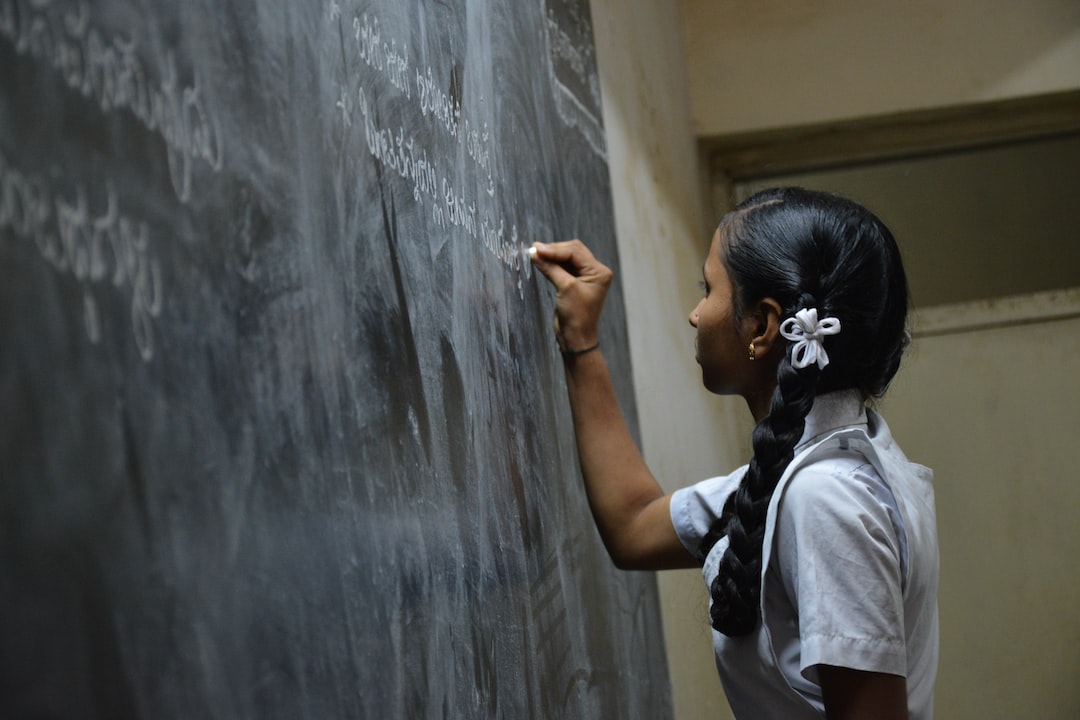How to Foster Creativity and Innovation in the Classroom
Creativity and innovation are crucial skills that can be nurtured and developed in the classroom. As an educator, it is your responsibility to create an environment that encourages students to think outside the box, explore new ideas, and develop innovative solutions. Here are some effective strategies to foster creativity and innovation in the classroom:
1. Encourage active participation: Provide opportunities for students to actively engage in the learning process, such as through hands-on activities, group discussions, and project-based learning. This helps students develop critical thinking skills, stimulates their imagination, and encourages them to come up with innovative ideas.
2. Create a safe space: Foster a positive and supportive classroom environment where students feel comfortable expressing their opinions and sharing their ideas, no matter how unconventional they may be. Encourage students to take risks, make mistakes, and learn from them. This creates a culture that values creativity and helps students build confidence in their abilities to think creatively and innovatively.
3. Teach problem-solving skills: Engage students in activities that require them to solve real-world problems. Encourage them to think critically, evaluate different perspectives, and develop creative solutions. Provide them with tools and strategies for problem-solving, such as brainstorming techniques, mind maps, and design thinking. Collaborative problem-solving activities can also foster teamwork and enhance students’ ability to generate innovative ideas.
4. Provide open-ended assignments: Instead of giving students rigid tasks with predetermined solutions, provide them with open-ended assignments that allow for multiple interpretations and creative approaches. This encourages students to think creatively and innovate to solve problems, rather than simply regurgitating information. Provide clear guidelines and expectations, but allow students the freedom to explore different possibilities and come up with unconventional solutions.
5. Incorporate technology: Integrate technology into the classroom to enhance creativity and innovation. Use interactive multimedia platforms, online tools, and software that stimulate creativity and allow students to express themselves in various ways, such as through graphic design, video production, or coding. Technology provides endless possibilities for creativity and innovation and can greatly enhance students’ learning experiences.
6. Celebrate creativity: Recognize and celebrate students’ creative achievements. Display their artwork, projects, or innovative ideas around the classroom or in a dedicated showcase to inspire and motivate others. Provide constructive feedback that highlights the strengths of students’ work and encourages further creative thinking.
In conclusion, fostering creativity and innovation in the classroom requires creating a safe and supportive environment, encouraging active participation, teaching problem-solving skills, providing open-ended assignments, incorporating technology, and celebrating creativity. By implementing these strategies, you can nurture the creative potential of your students, helping them become innovative thinkers and problem solvers who are ready to thrive in the modern world.

